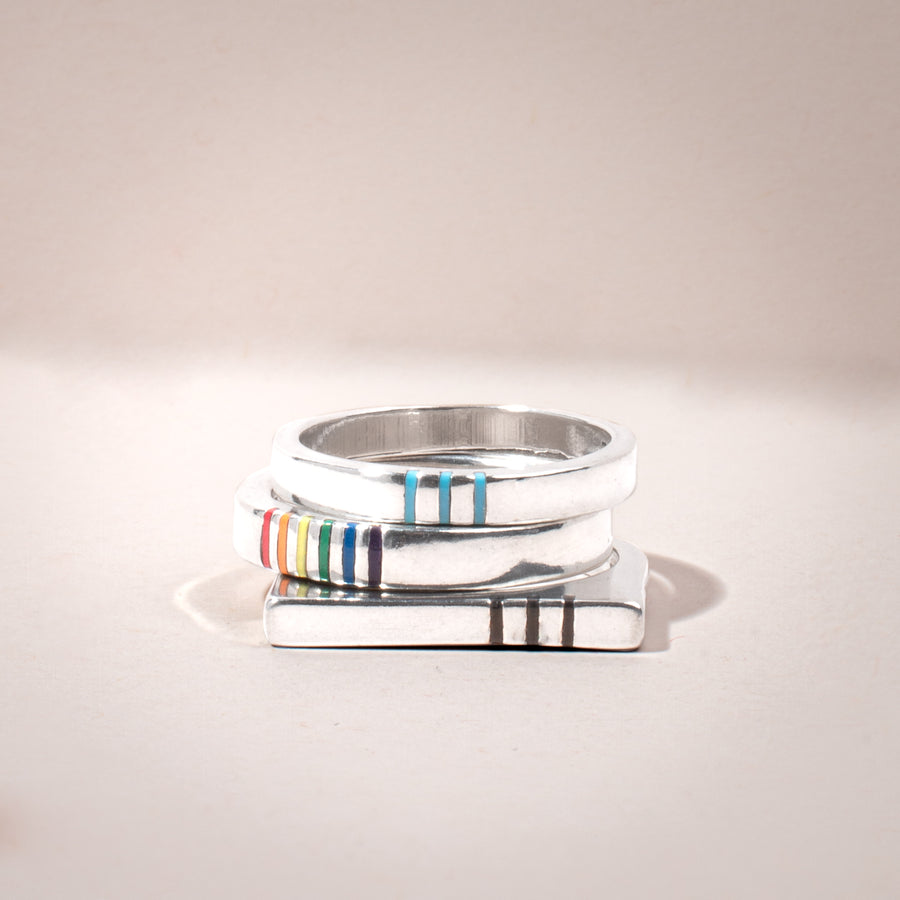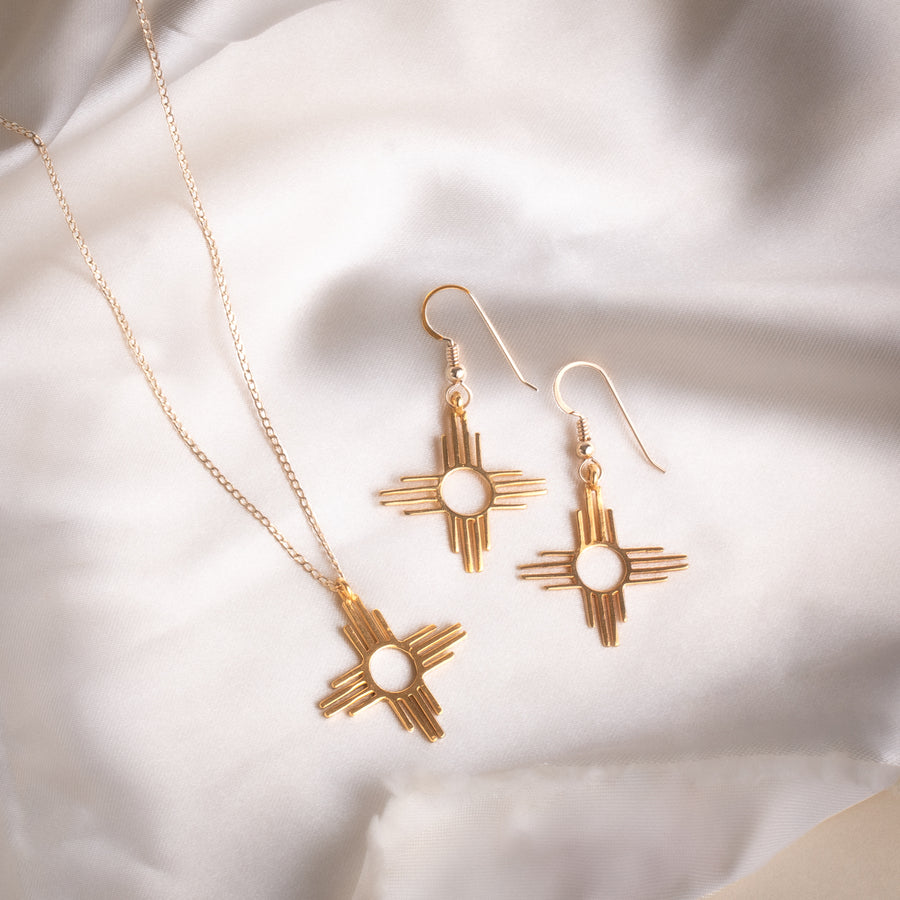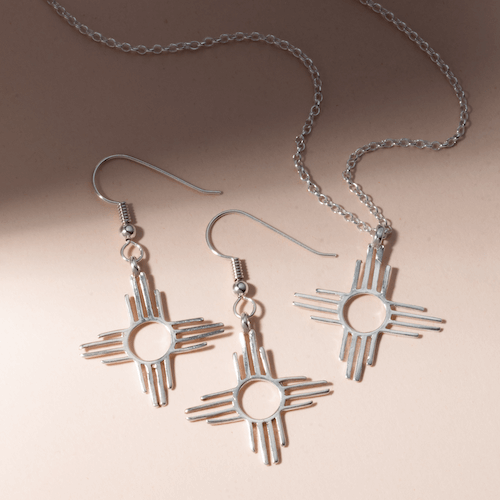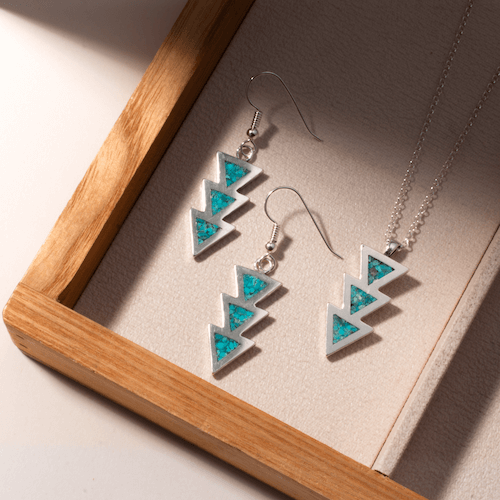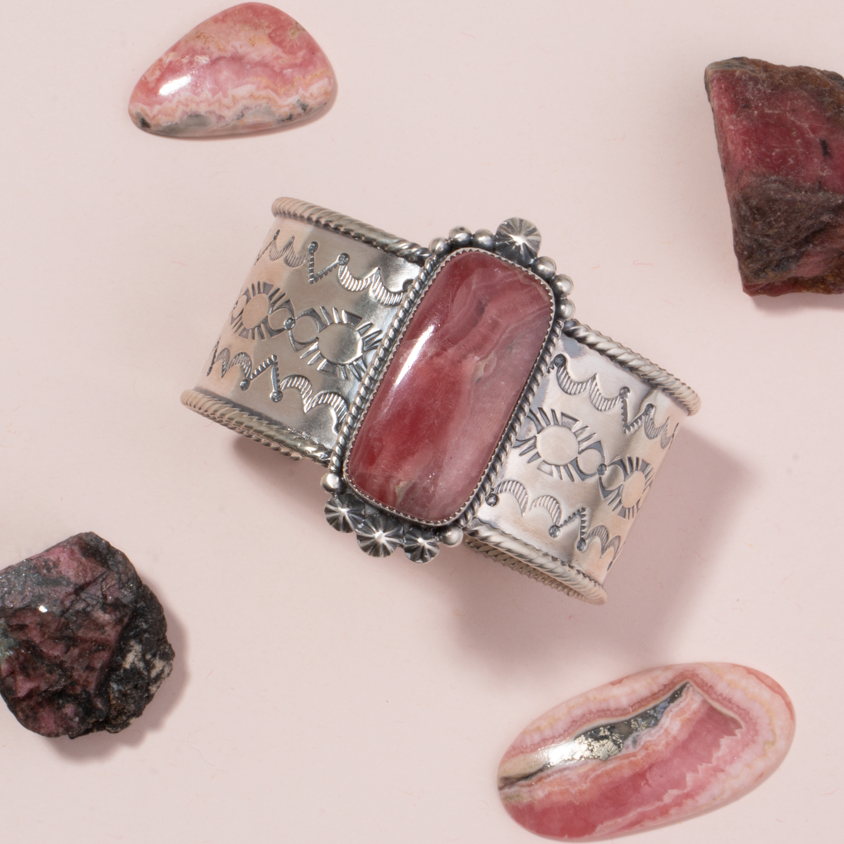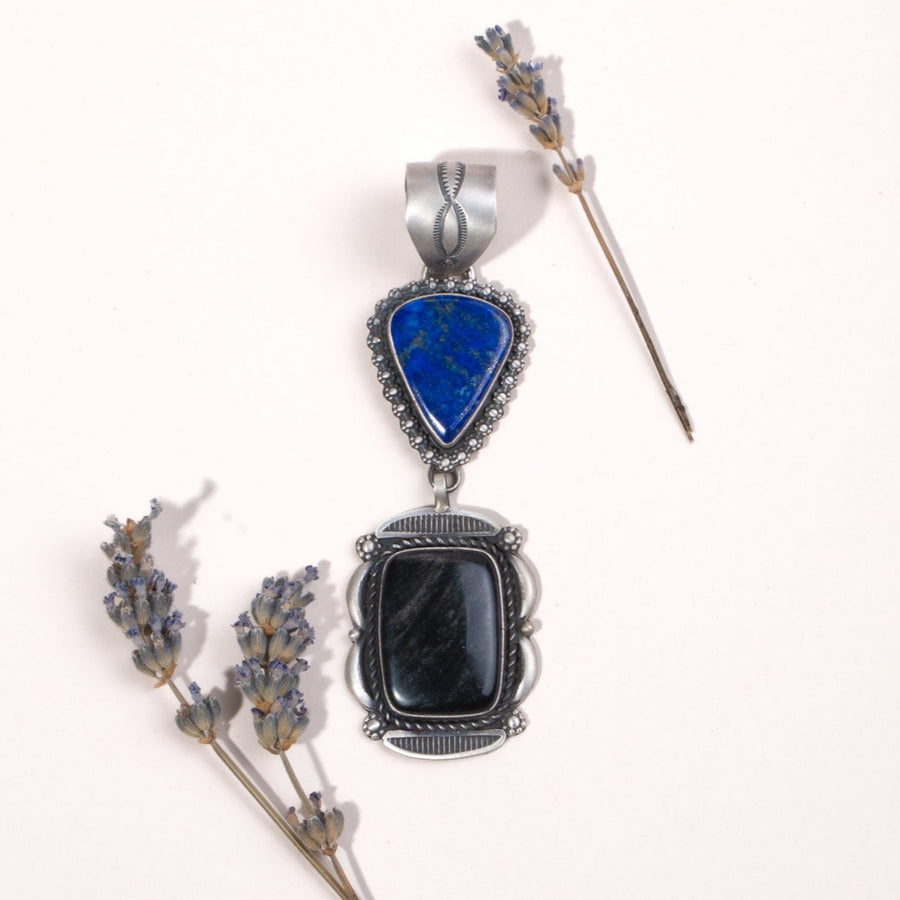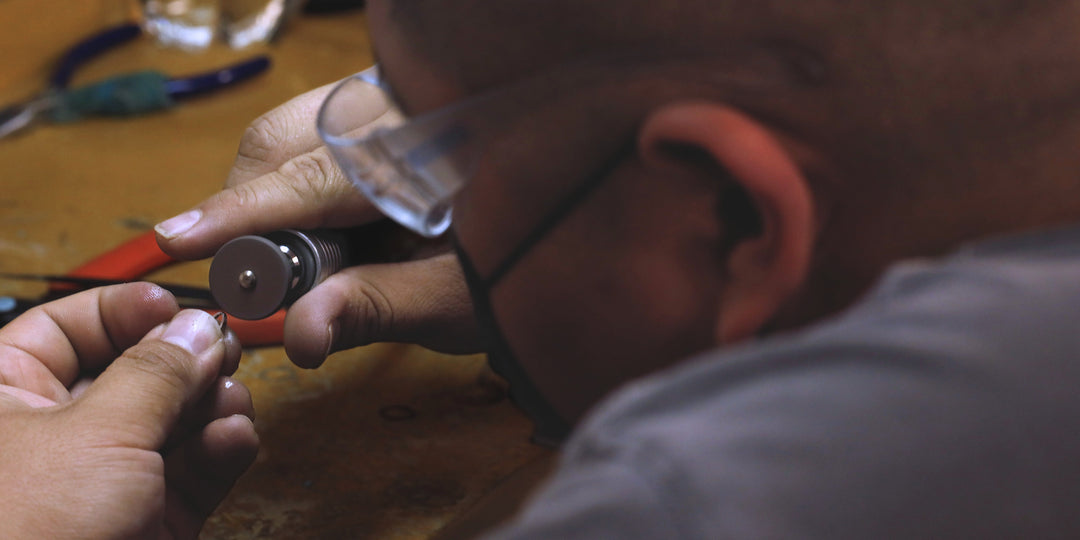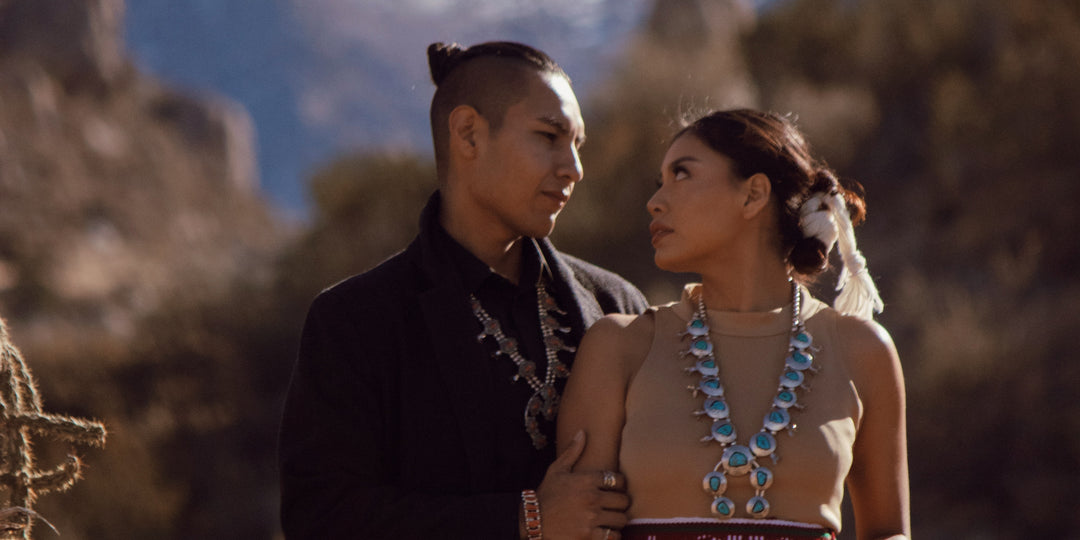Native American Jewelry: How to Buy With Certainty
“If you’re going to spend money on a piece, you’ll want to know what it is.” That’s the opinion of jeweler James Baldwin and it’s one most buyers likely share. Authenticity is an important part of a sale. Getting exactly what you want for the money you spend makes the whole deal sweeter. It is also, however, one of the areas that can be hard to discern. To help with this, there are some questions you should consider before you buy Native American jewelry. An informed buyer is most often a happier one.

The old game of bait and switch is still alive in today’s business world. Misleading labels, logos and other types of advertising gimmicks designed to lead the unwary buyer astray can still leave you with less than you bargained for in your purchase. Becoming an informed buyer helps you avoid these pitfalls and get the beauty of a handmade heirloom. It is as simple as knowing which questions to ask of the dealer and what qualities to look for on the piece you want.
One of the first things that will tip you off to whether or not the piece you’re looking at is an authentic Native American work is the price. It’s a reminder of the old adage that if something sounds too good to be true, it probably is. Native American jewelry reflects the heritage of a people who are rightfully proud of their work. Each piece is a work of art, not a mass produced item for discount sale. High quality materials and skilled workmanship are used to create this jewelry, and the selling price will reflect this.
The silver found in most pieces is sterling silver. A simple way to judge whether or not the piece is sterling silver, or only silver-plated, is to place a magnet near it. Sterling silver does not become magnetized, so the magnet cannot pull it. Silver-plate can contain nickel, which the magnet will be able to pull. There has been a real problem with pieces coming in from China and being labeled as sterling silver when they are actually silver-plate.
Asking informed questions about the materials used in the piece can help you get what you’re paying for. Ask whether the silver is 100% sterling. Inquire about the type of turquoise or other stones used in the piece. Are they natural or synthetic? Have they been stabilized or enhanced? The answers to these questions can help you determine if the asking price is a fair one.
Another question to pose is whether or not the item is “handmade” or “handcrafted”. Knowing the definitions of terms can help you discover whether the piece is the result of the work of an artist or created partially or totally on a machine.
A handcrafted piece is defined as one put together, sometimes on a machine, from other pieces. A machine-produced cast or a manufactured gem would be part of a handcrafted piece. Handcrafted items require less skill to create than one which is handmade.
Jewelry which is handmade uses no machines for any part of its creation. Shaping, cutting and polishing the materials is done by the artist’s hand. The mold for the silver is sculpted by hand as well. The unique talent of the artist is reflected in the piece.
A very important question to ask before you buy regards a certificate of authenticity. Thanks to the Indian Arts and Crafts Act of 1990, there are now penalties for those whose advertising is less than truthful. Should you discover that your purchase is not what it was represented to be, the dealer can be fined. Reputable dealers will be willing to provide, and stand behind, a certificate of authenticity for the pieces they sell. You should always request a receipt for your purchase as well.

There is other information you should also inquire about that may help you determine the true value of your purchase. Who is the artist? What tribe are they affiliated with? What are the components of any fur, feathers or beads used? This information should be included on your receipt or on your certificate of authenticity.
One of the safest ways to ensure your jewelry is what you paid for is to purchase from a reputable dealer. Those who value their business will not be willing to risk the penalties and fines incurred by false advertising. You should also know a bit about the type of jewelry you are in the market for. Investigate the style of each tribe or pueblo. If possible, find out something about the artist. Invest the time in knowing what to look for and your investment in your purchase will pay off.
Resources:
http://www.sfreporter.com/santafe/article-7629-how-to-spy-a-turise-lie.html
http://www.nativejewelerssociety.com/buyers_authenticity.html
https://www.palmstrading.com/how-do-you-know-its-authentic-jewelry/
https://nativeamericanjewelrytips.wordpress.com/2011/04/20/beware-of-fake-chinese-sterling-silver/
